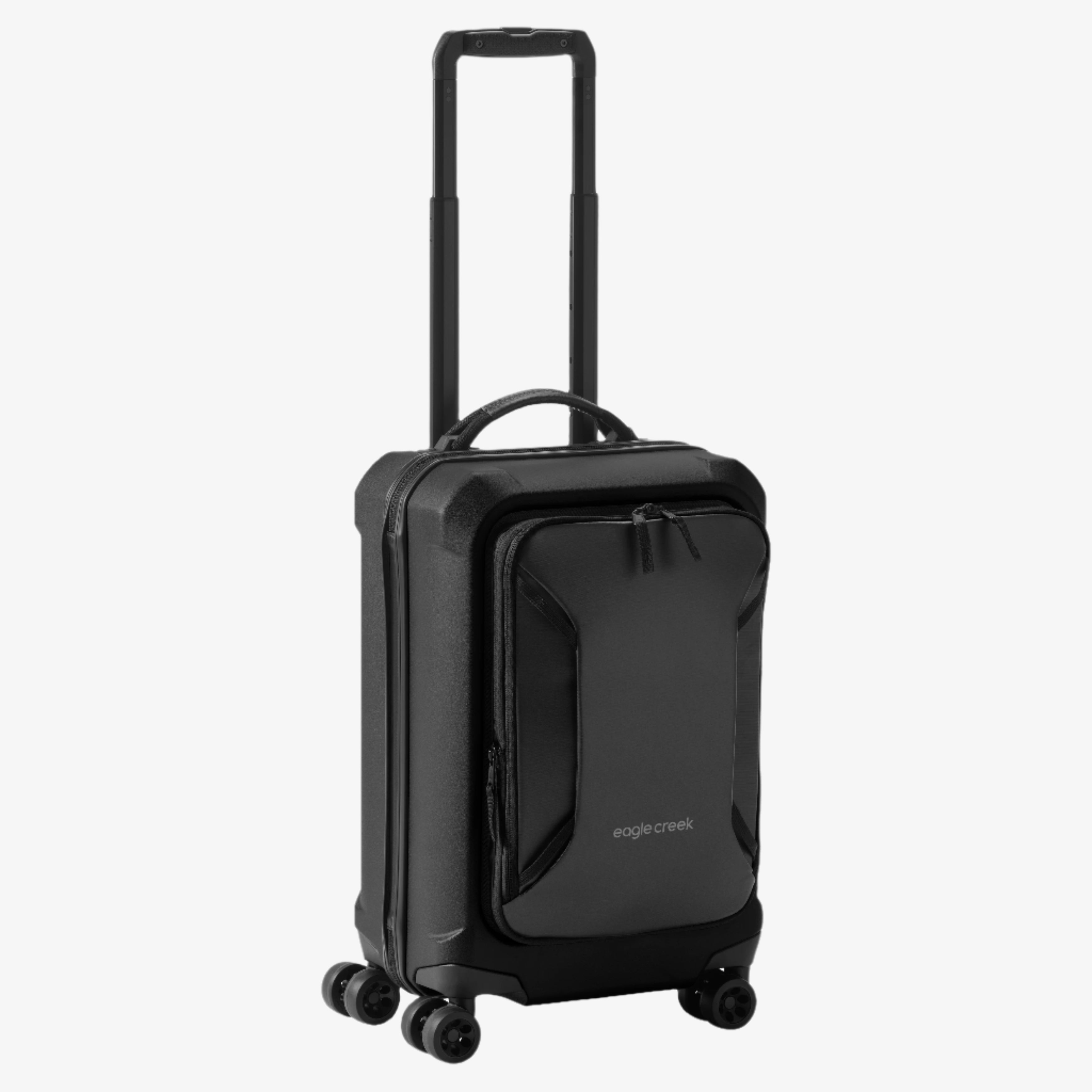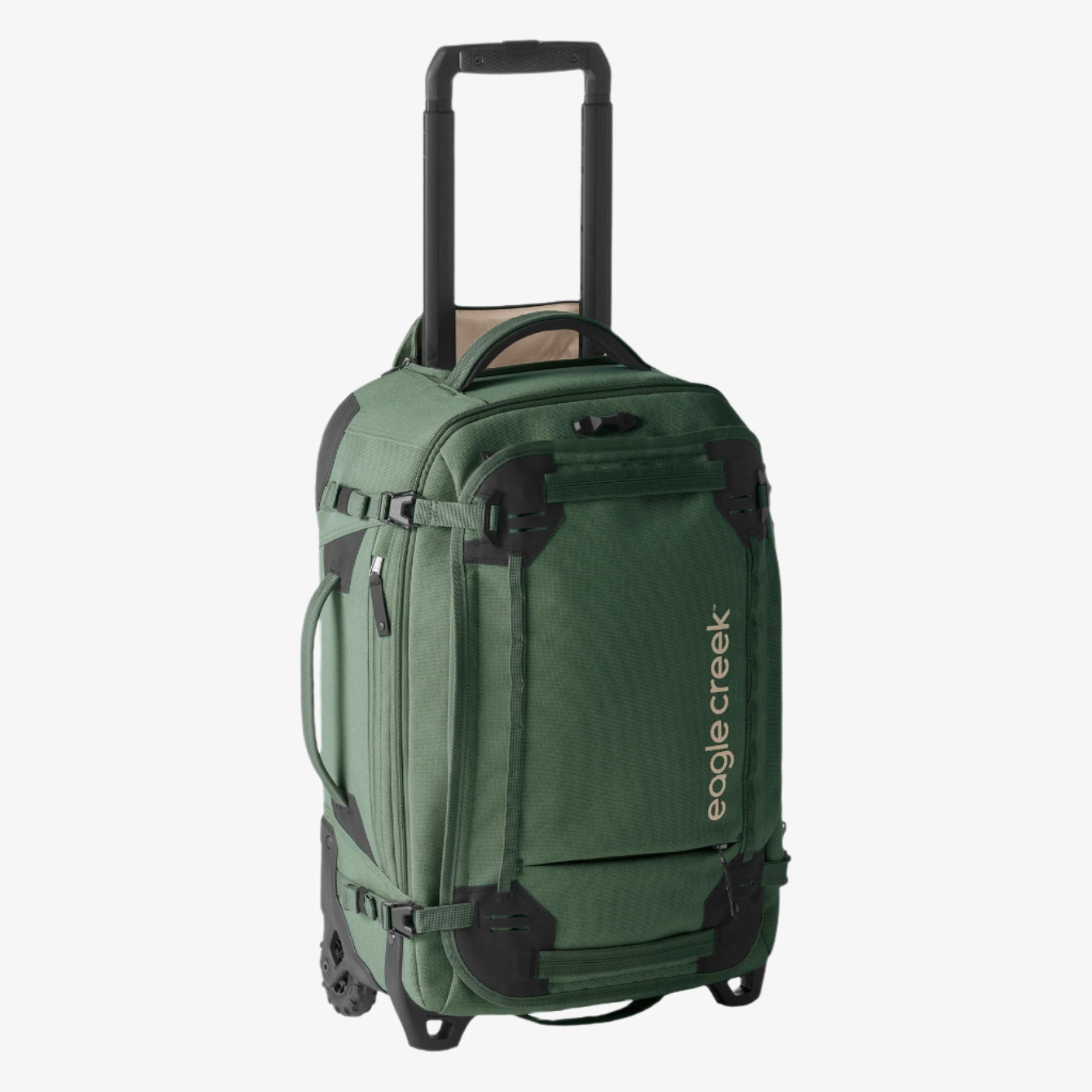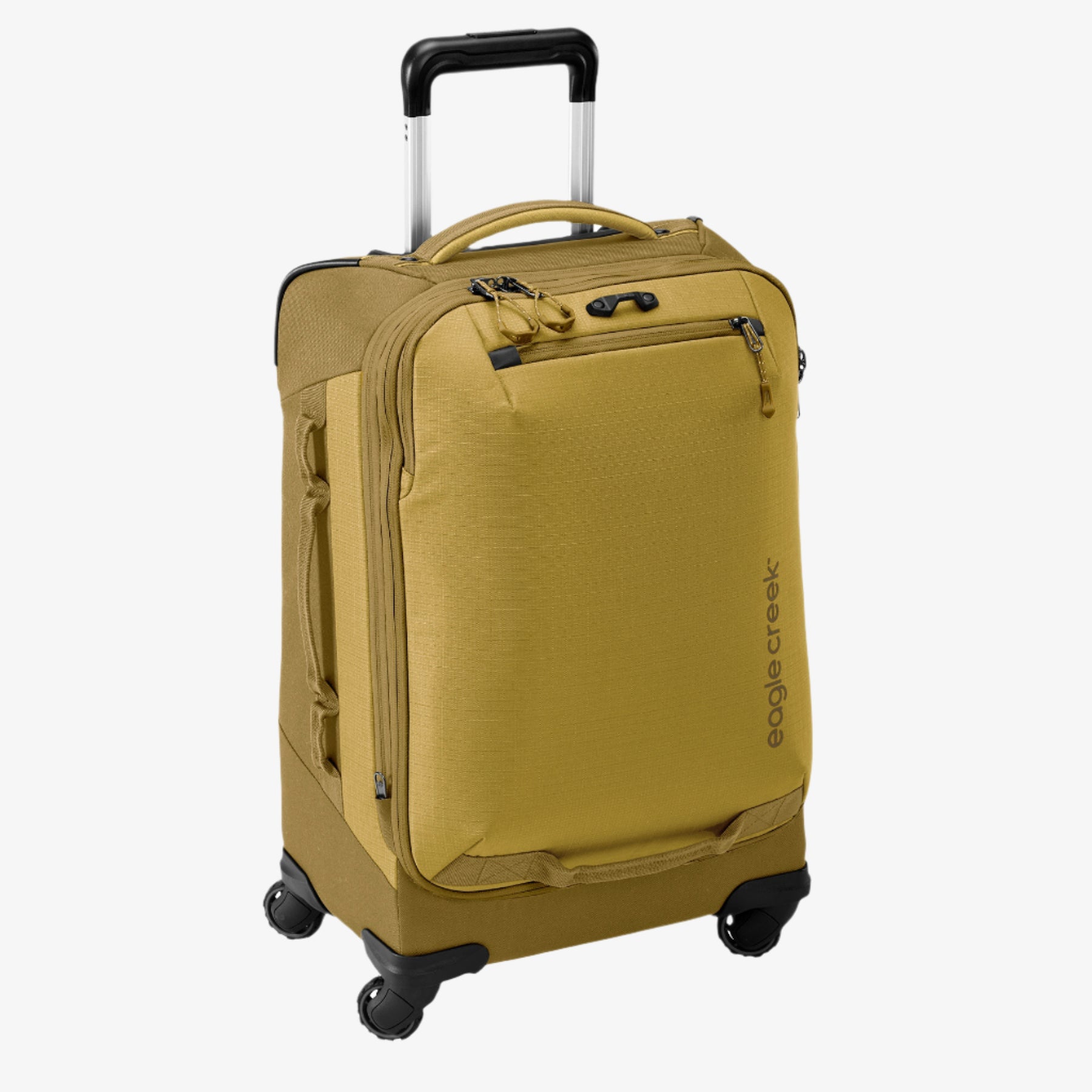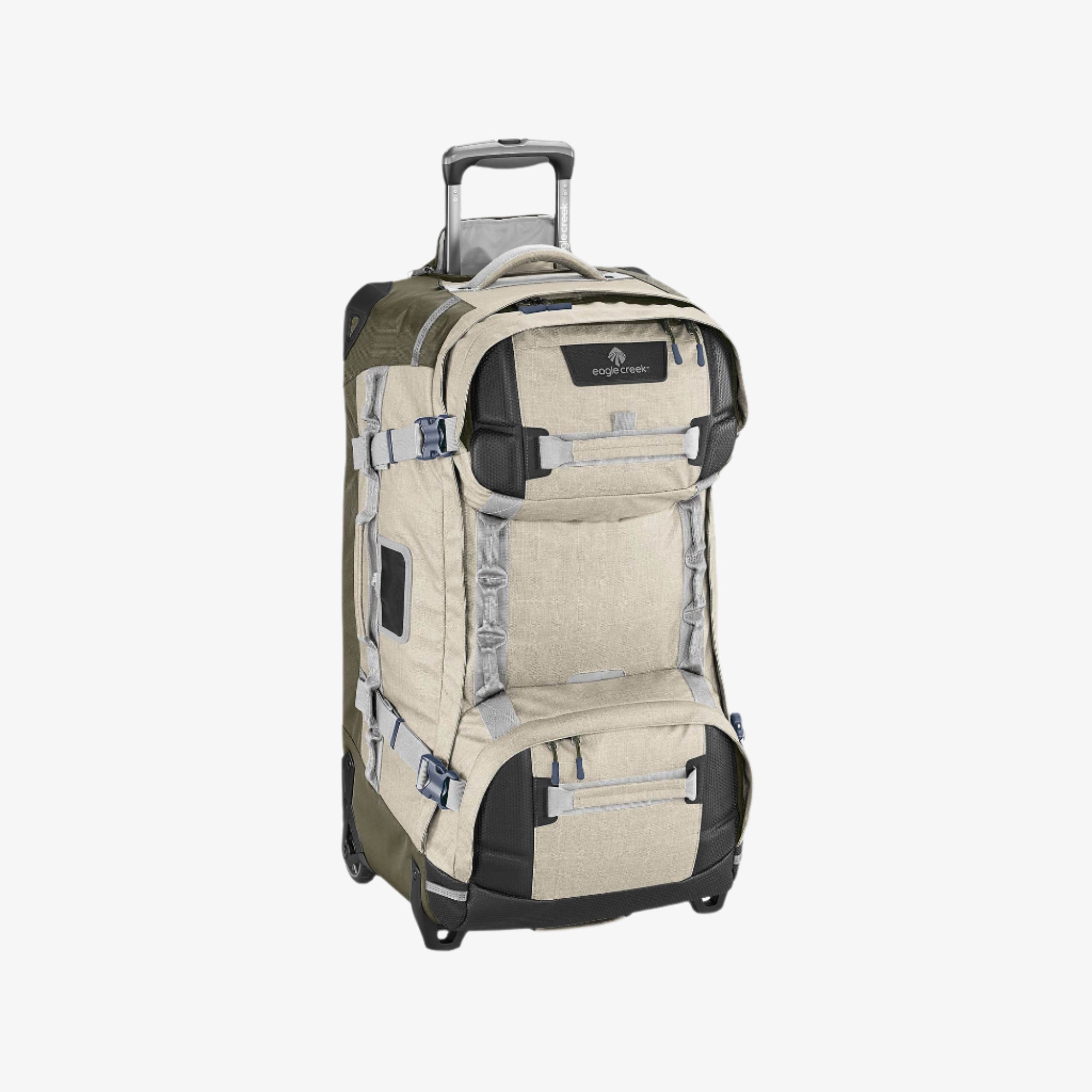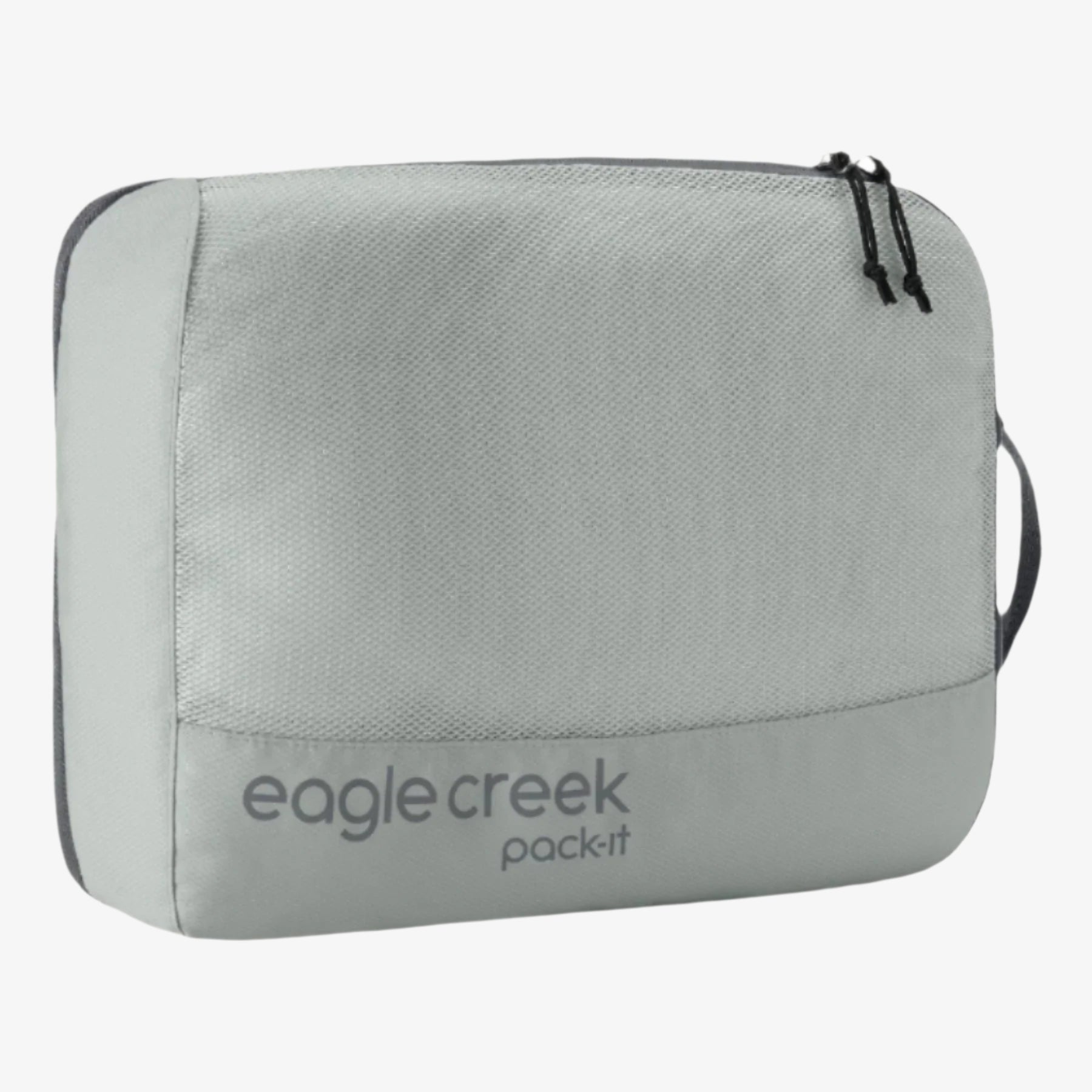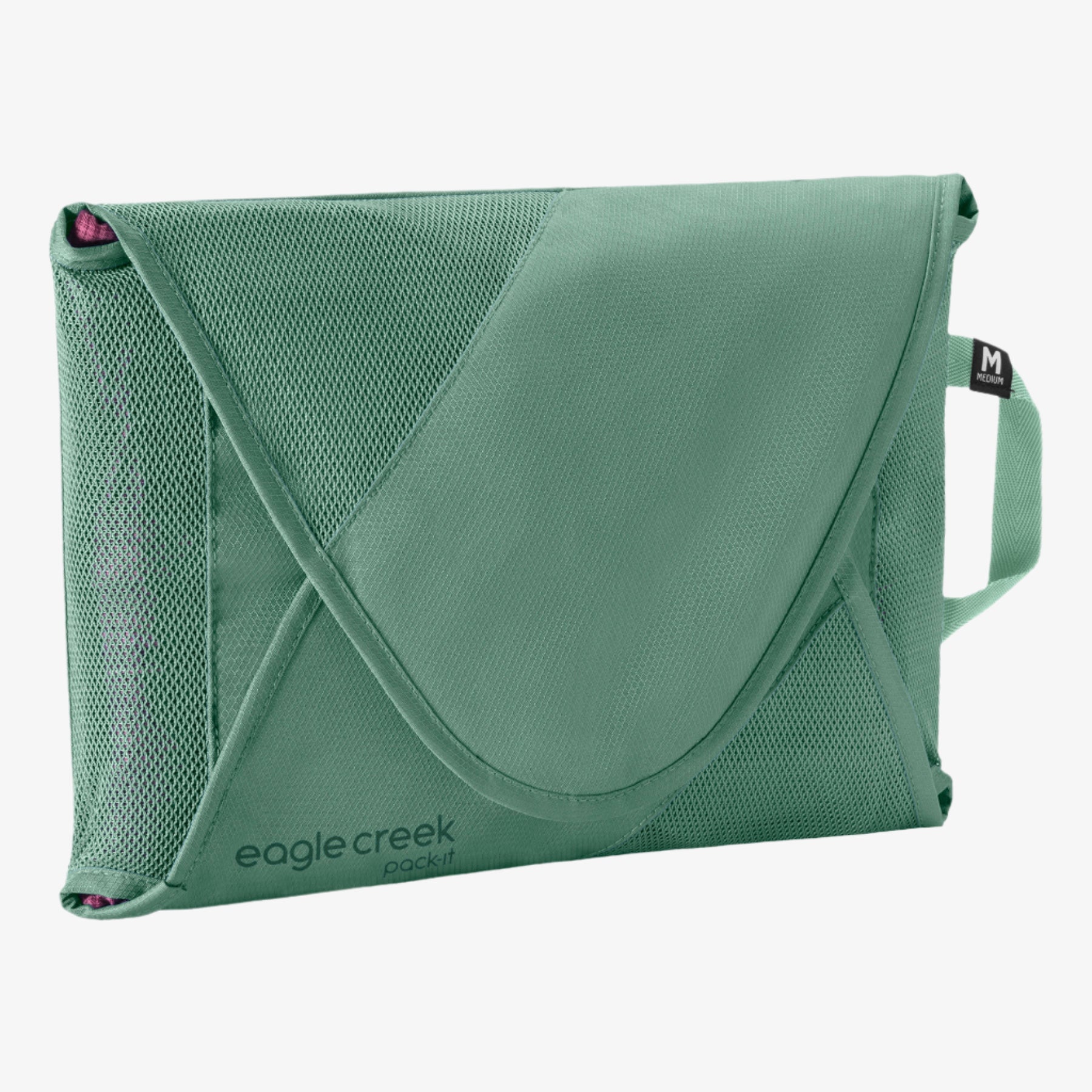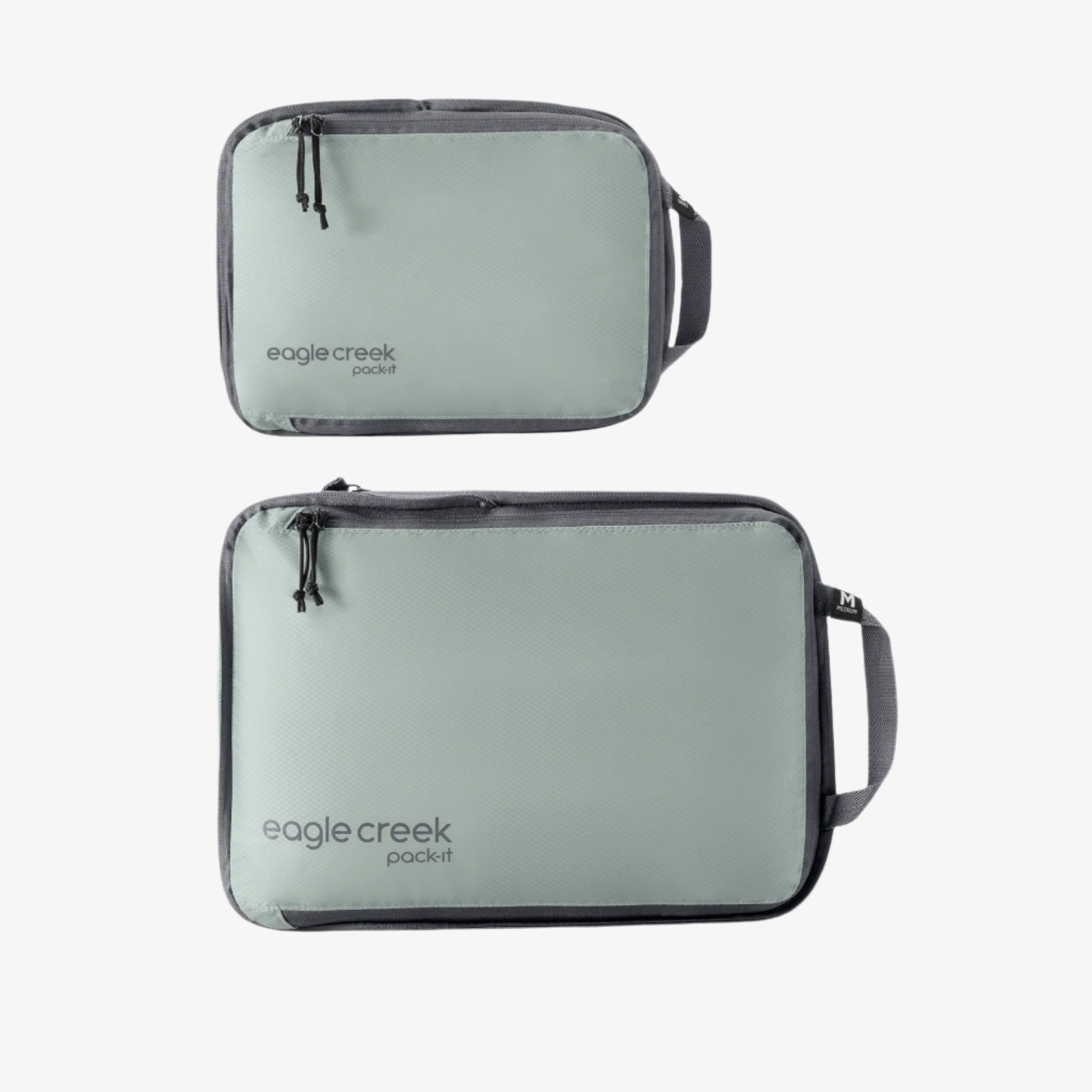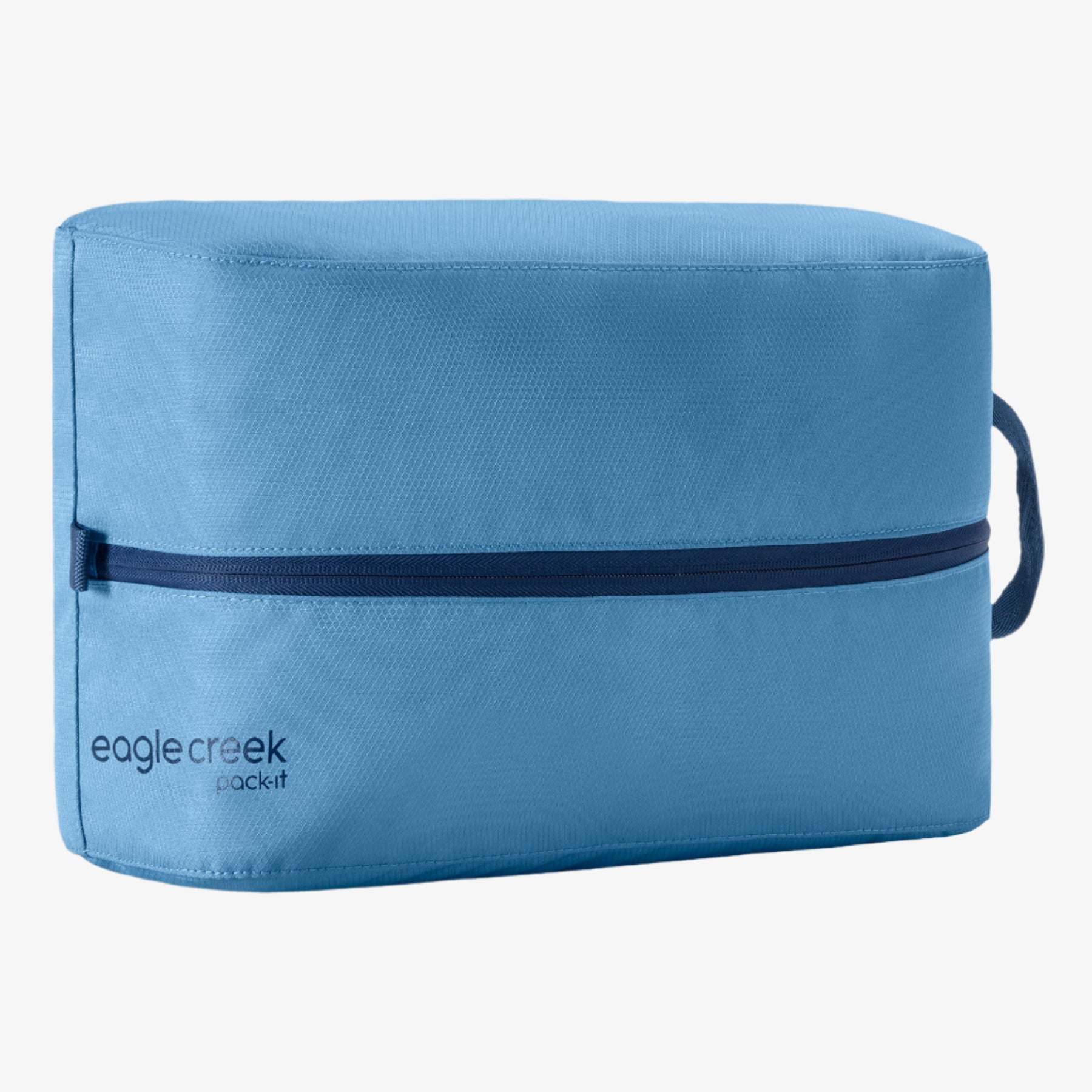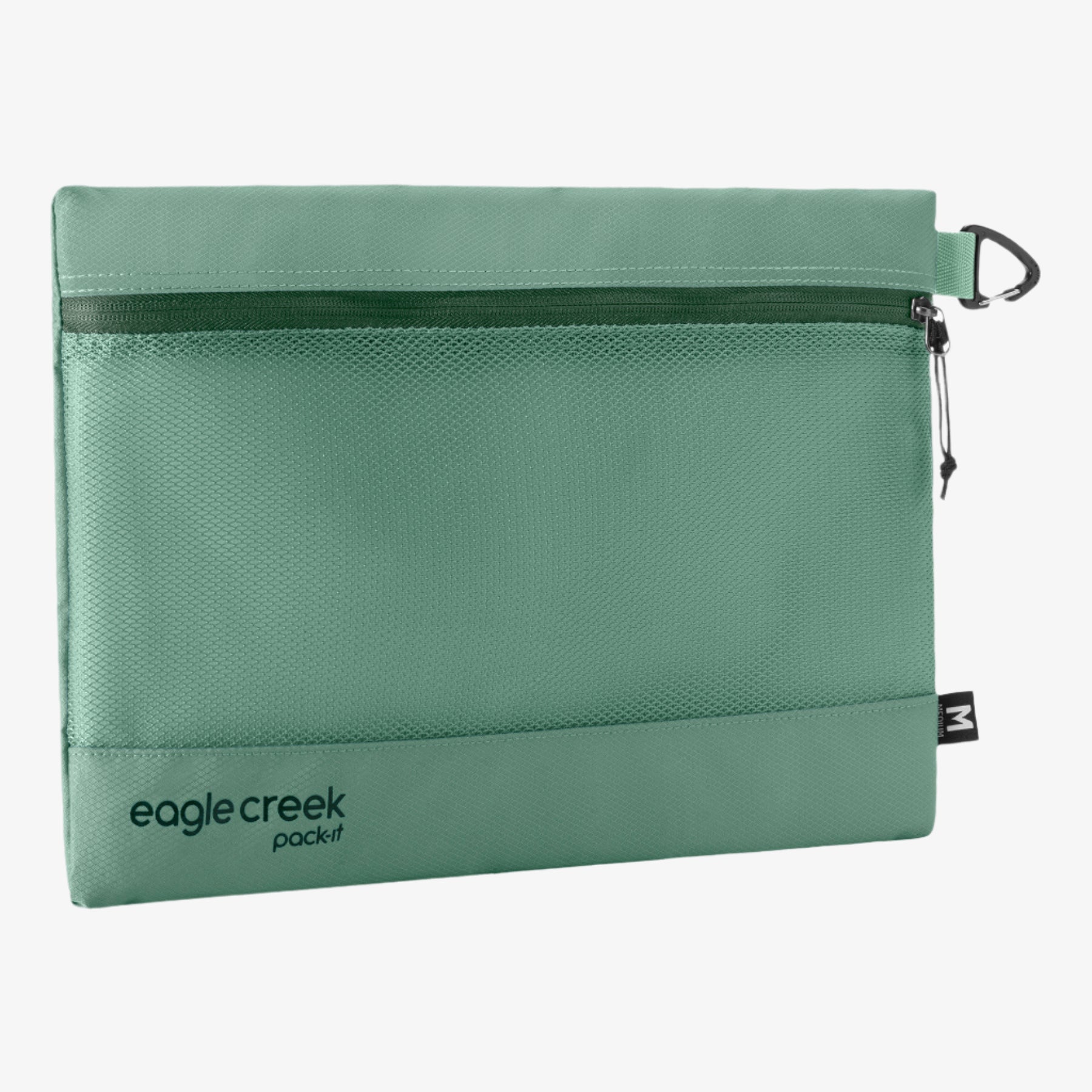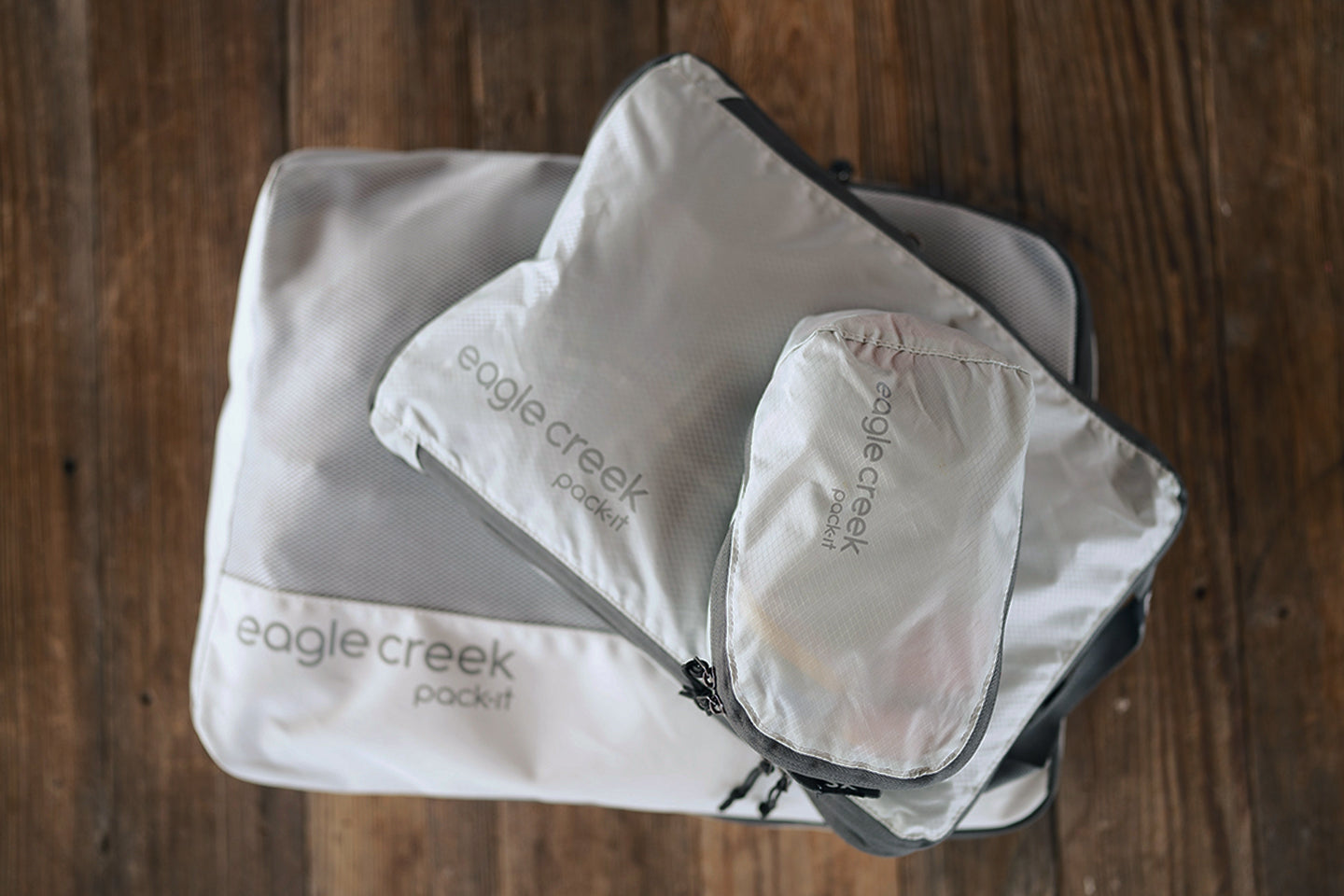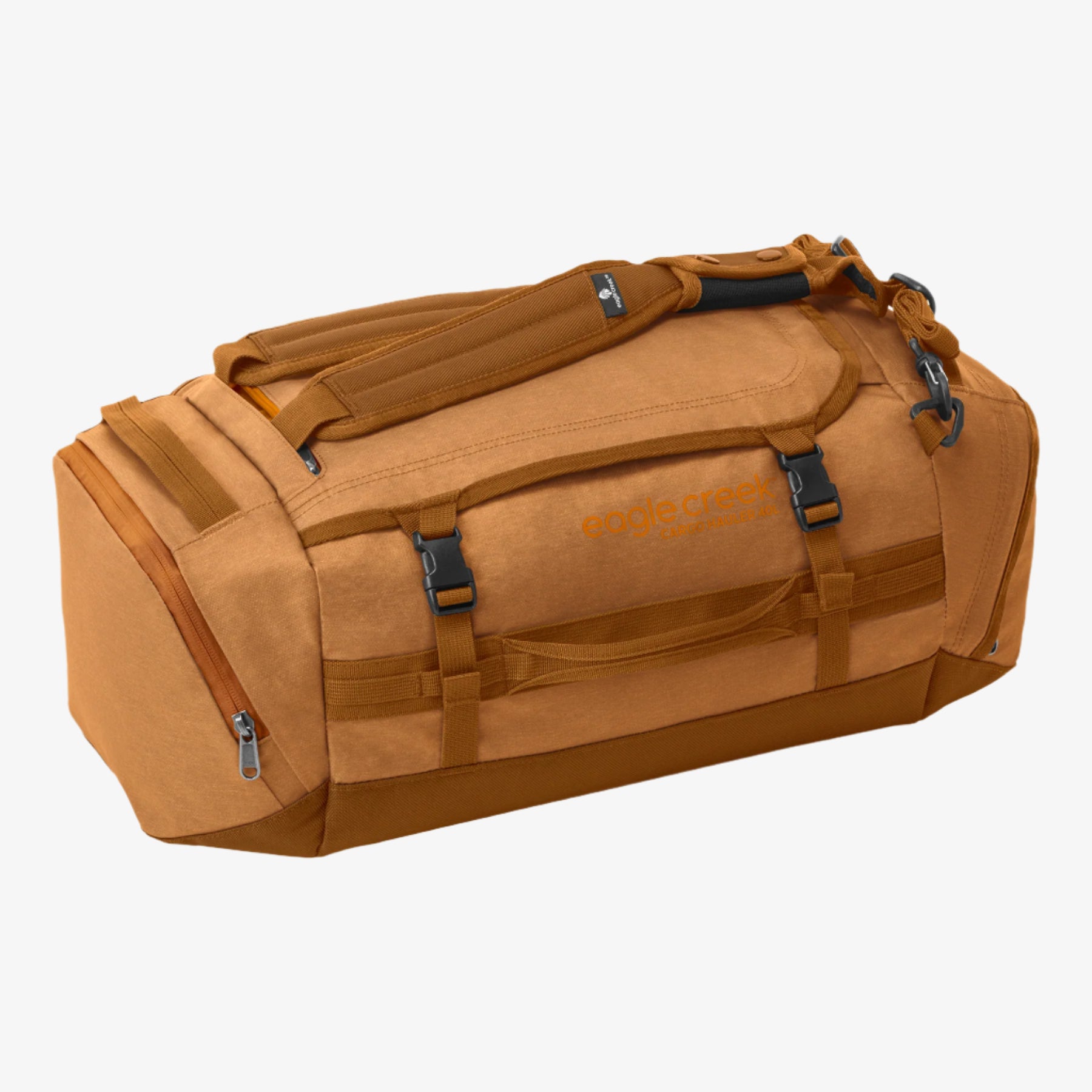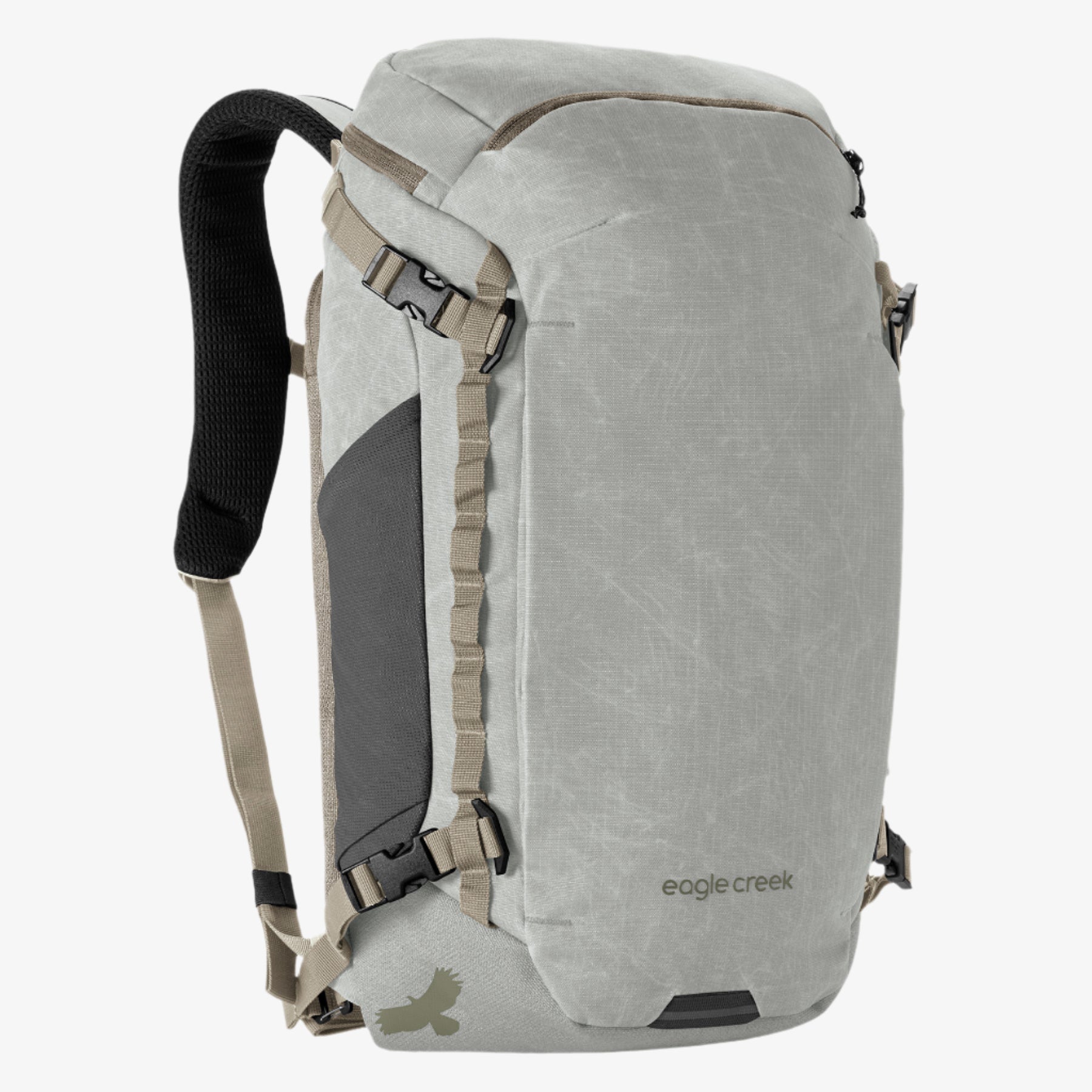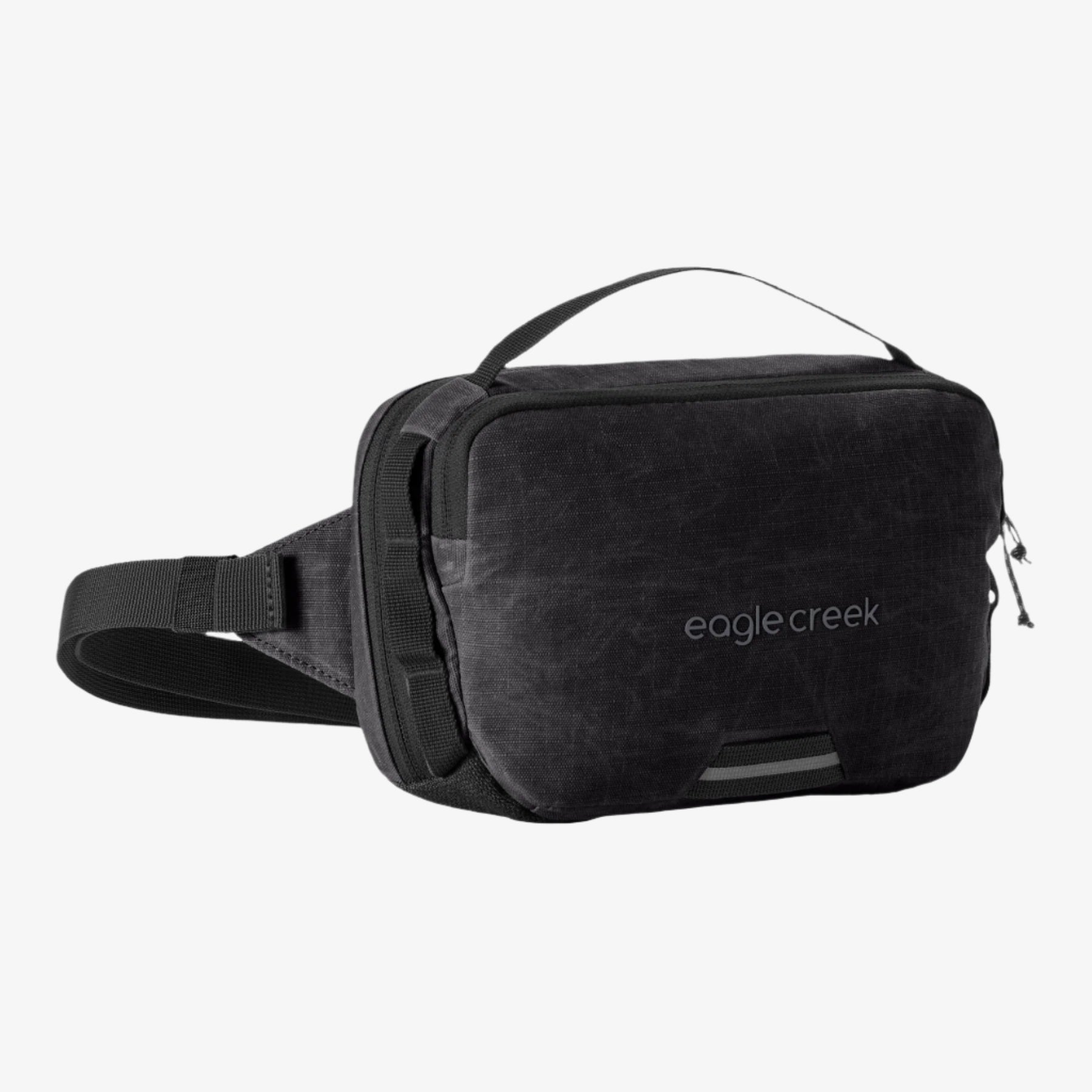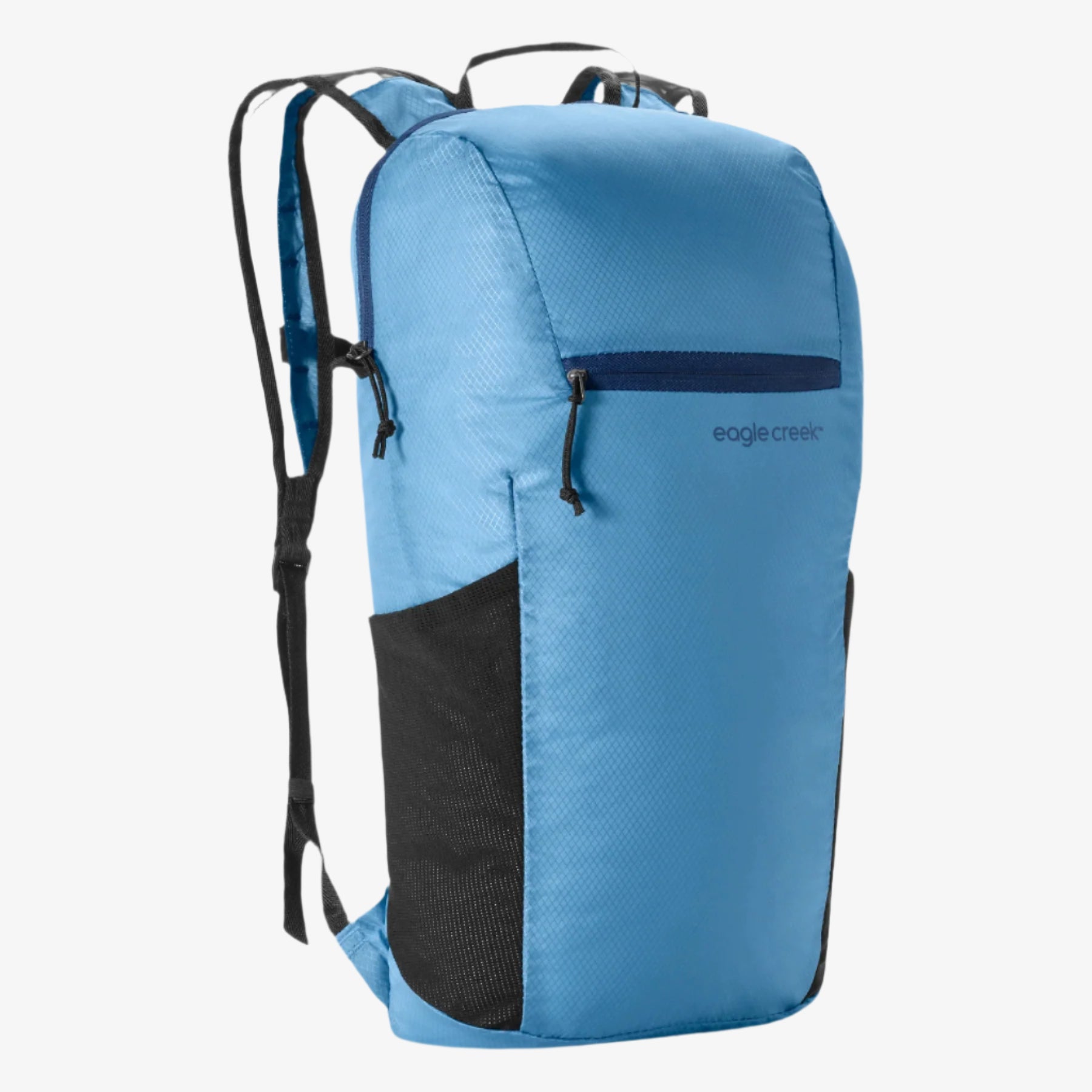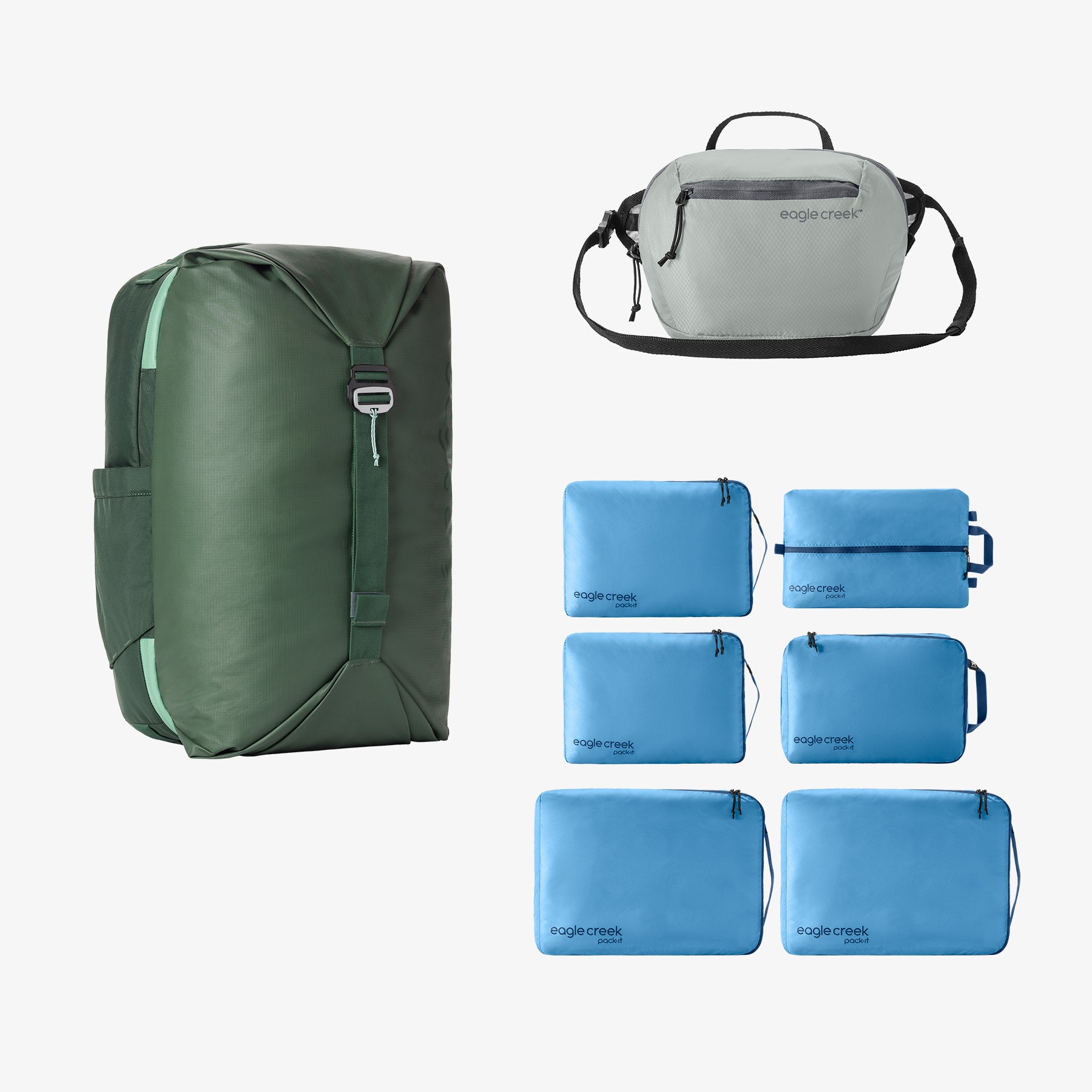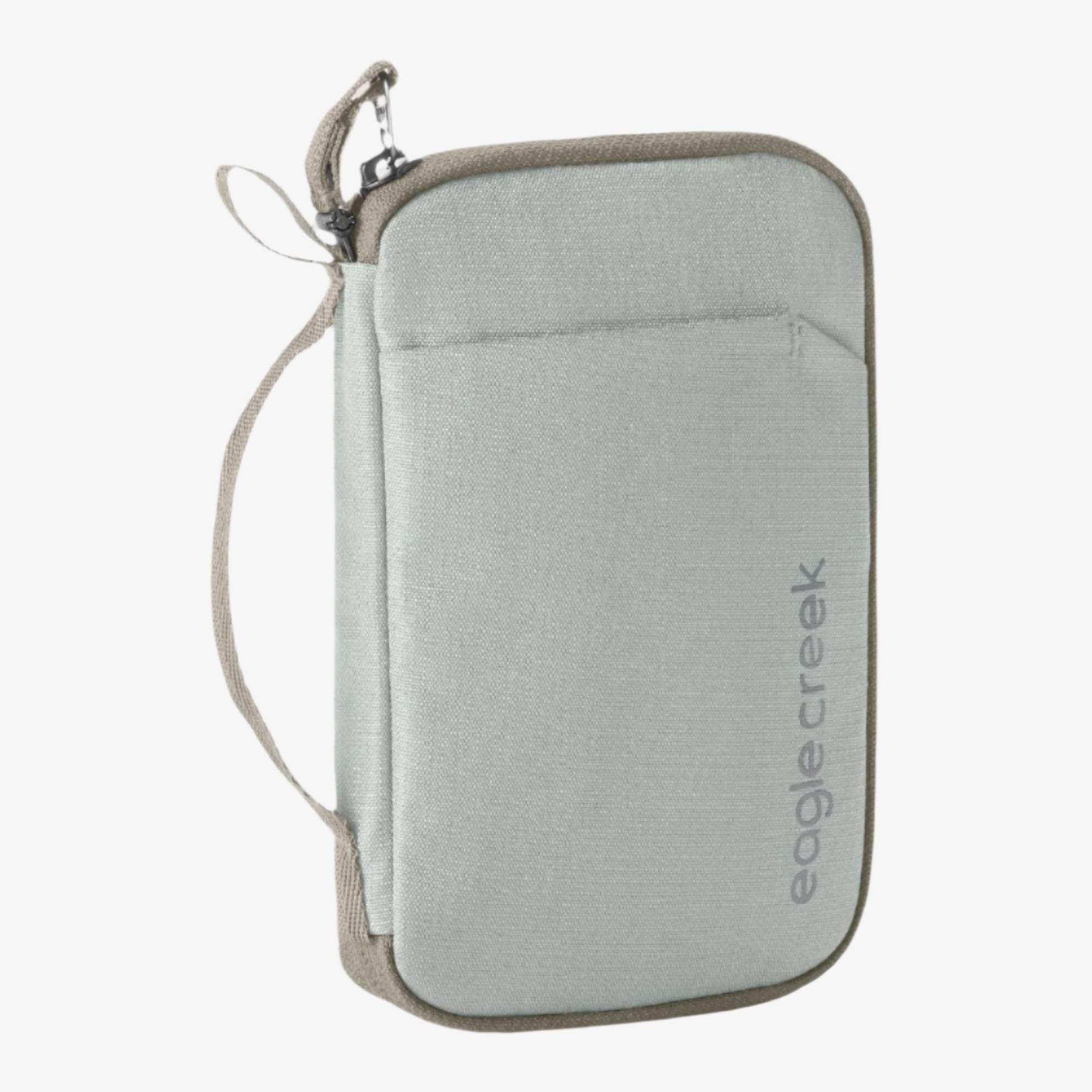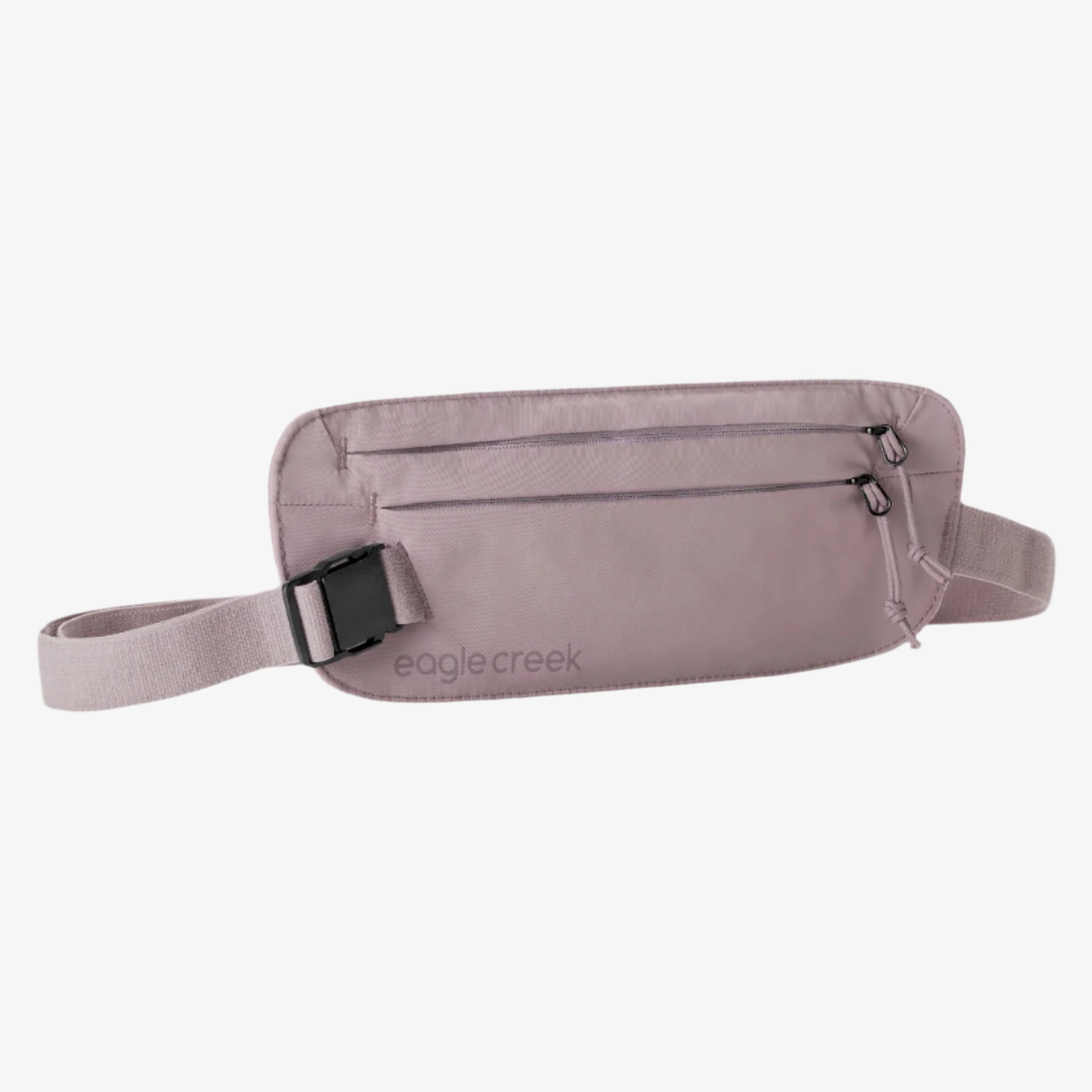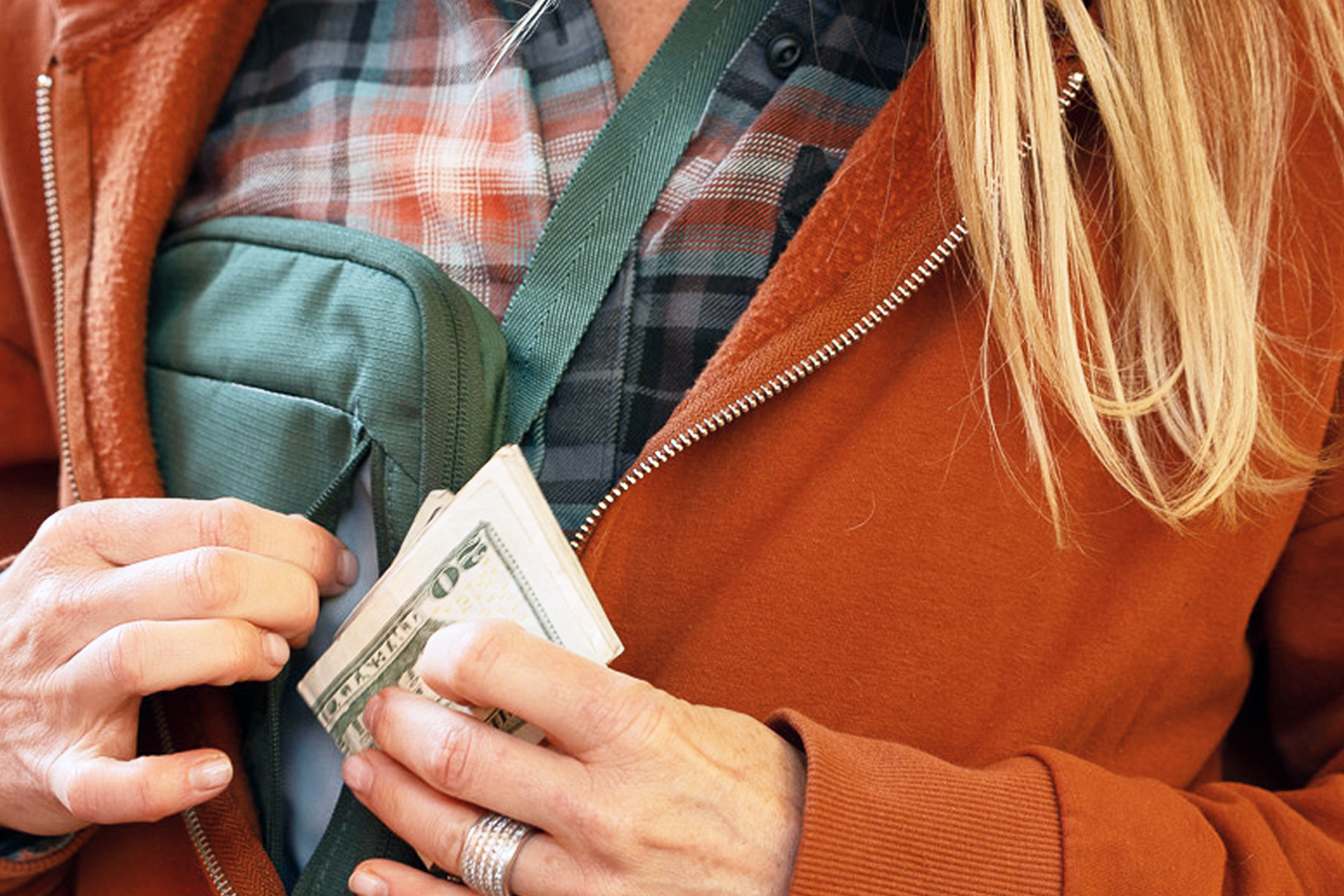
Earning free flights around the world is really possible by learning how to use signup bonuses from airline credit cards to accumulate travel points. Here’s everything you need to know to get started earning those free flights and planning your trip into the unknown!
Free travel around the world sounds like a dream, but it’s a real thing for people who open airline credit card accounts. OK, traveling is never going to be totallyfree, but you can at least score free flights with your airline cards. Most cards come with large bonuses for signing up, and those points or miles can be redeemed for flights.
Opening new cards and collecting points—also known as travel hacking—can benefit anybody who travels frequently, but there are some pitfalls and risks to avoid. You’ll need to be capable of tracking purchases and paying off cards on a timely basis to avoid unnecessary credit card fees.
Using airline miles has opened new worlds for me as a traveler. I never imagined I’d be able to afford a trip to Africa, but last year I was able to use my points to fly round-trip from Chicago to Nairobi, Kenya. An adventure that didn’t seem possible became a reality thanks to the airline miles I had accumulated!
Basics of Acquiring Credit Card Points
Every major airline has at least one credit card. Each card comes with a signup bonus and a minimum spending requirement. For instance, the Chase United card recently had a fairly typical offer: a signup bonus of 50,000 United points, to be awarded after spending $3,000 on the card in the first three months.
That may sound like a lot of spending, but if you put all your normal monthly purchases on the card (rent/mortgage, groceries, utility bills), chances are you can easily meet the spending requirement within the 90-day time frame.
How far will 50,000 points take you? Flight redemption prices vary dramatically, but you can find domestic one-way coach flights on most major airlines for as little as 10,000 to 12,500 points. That means potentially four or five free flights from a single card bonus.
Flights that travel from one continent to another are more expensive. These typically start at 25,000 points each way, and you may be responsible for taxes as well. My trip from the U.S. to Kenya was 40,000 points each way, plus about $100 in taxes. Still way cheaper than if I’d paid entirely in cash!
Once you’ve acquired the signup bonus, continue earning more points by using the cards regularly. I use my cards for every purchase I make, and then I pay them off at the end of the month. Paying your electric bill and health insurance premiums isn’t nearly as depressing when you think about all the airline miles you’re racking up!
Which Airline Cards Are Best?
The best airline credit card for you depends on a lot of factors, such as which carriers serve your local airport, where you plan to fly, and how much you can afford to charge to the card in the first few months.
The Chase Southwest cards are underrated because Southwest’s redemption rates are low. I’ve been able to pay as little as 3500 points for some domestic U.S. flights on Southwest, so it’s easy to stretch those points really far.
Two of the most popular cards are the Chase Sapphire Reserve and Citi Prestige ThankYou. While these cards aren’t affiliated with a specific airline, they’re useful because their points can be transferred to several airline partners. Sapphire points, for instance, can be transferred to United, Southwest, British Airways, and others, while ThankYou points can be used to access flights from Air France, American (via Etihad), and Delta (via Virgin Atlantic.)
Both of these cards charge higher annual fees than some of the others, but they come with fancy perks, like access to airport lounges and a $100 credit to cover the cost of signing up for Global Entry and TSA PreCheck.
Credit card offers change all the time, so travel hackers should be patient and seek out the biggest bonus offers. Many cards that come with a standard 40,000-point bonus occasionally increase the offer to 50,000 points a couple times per year. If you’re willing to hold out for the better deal, those additional 10k miles will get you an extra free flight in the future.
Some cards allow you to redeem your points for hotel stays as well, although the redemption rates often aren’t great—a night in a nice hotel can cost upwards of 20,000 points.
Cautions About Applying for Credit Cards
Adding airline cards to your wallet does come with some risks. Irresponsible use of credit cards can lead to long-term debt. These techniques only work if you’re able to pay off your balance in full at the end of each month. If not, the resulting finance charges could end up costing more than what you’re saving with the free flights.
Applying for many credit cards in a short period of time can temporarily lower your credit score. Anyone planning on purchasing a home or vehicle in the near future may want to avoid applying for new cards until after they’ve made those big purchases.
Pay attention to the annual fees! Most cards currently charge around $100 as an annual fee. Usually, the amount of points you’ll be earning makes up for the cost of the annual fee. But if you add several new cards to your collection, the annual fees can add up.
When traveling, remember to protect your personal information by keeping your credit cards in an RFID wallet. And it never hurts to have an ultralight lock on your carry-on bag for security reasons.
A Travel Hacking Introduction to Churning
Churning is a more advanced technique for accumulating airline miles that involves strategically applying for several credit cards in succession to collect the signup bonuses. Some people have managed to accrue hundreds of thousands of airline miles using this practice.
Common churning techniques include signing up for multiple cards on the same day to lessen the impact on credit score, closing new cards before the annual fees come due, and using “manufactured spending”—buying gift cards and money orders that you can convert to cash later—to meet minimum spending requirements.
Churners need very good credit and enough free time to do lots of research. Read up about the 5/24 rule—a restriction that Chase uses to deny credit card applications from folks who have opened more than five cards in the previous 24 months.
To delve more deeply into the practice of churning, spend time on message boards like Flyer Talk and Reddit, where users offer advice and tips on the latest cards and bonus offers.
If you’re responsible enough to manage your monthly budget and pay off these credit cards as you go, applying for airline cards and gobbling up those signup bonuses can be a great way to save money and get free travel. Stop passing up free flights and start looking into airline cards before your next trip!
While Eagle Creek is here to provide tips and insights on travel, we cannot accept any responsibility for any potential consequences arising from the use of this information. Always conduct your own research and use your best judgment.
Related Links (From Eagle Creek's Blog):
How to Save Money for Your Next Big Vacation
